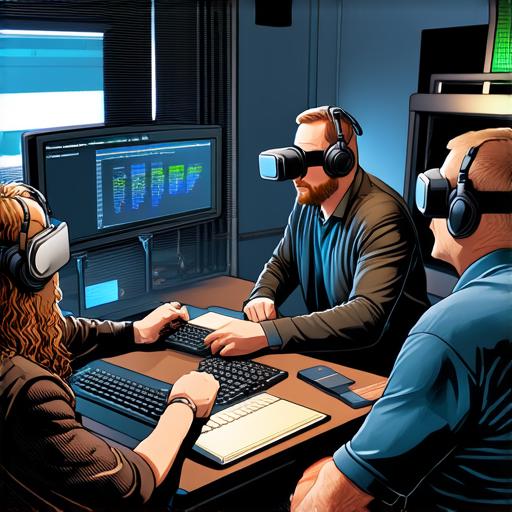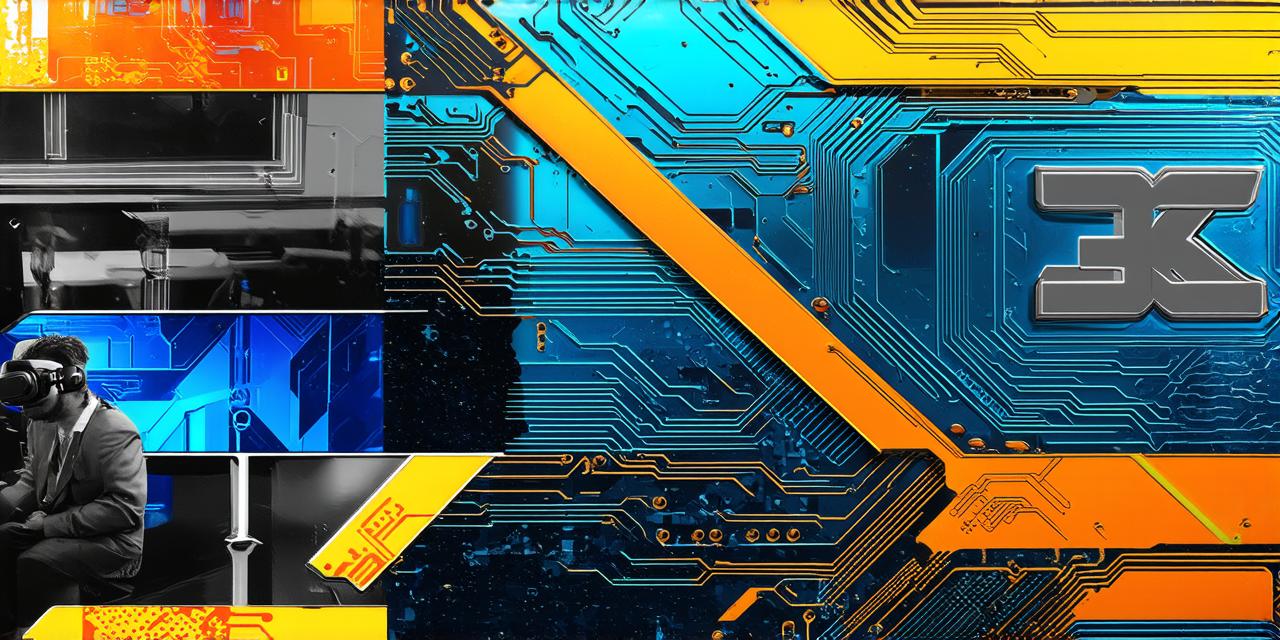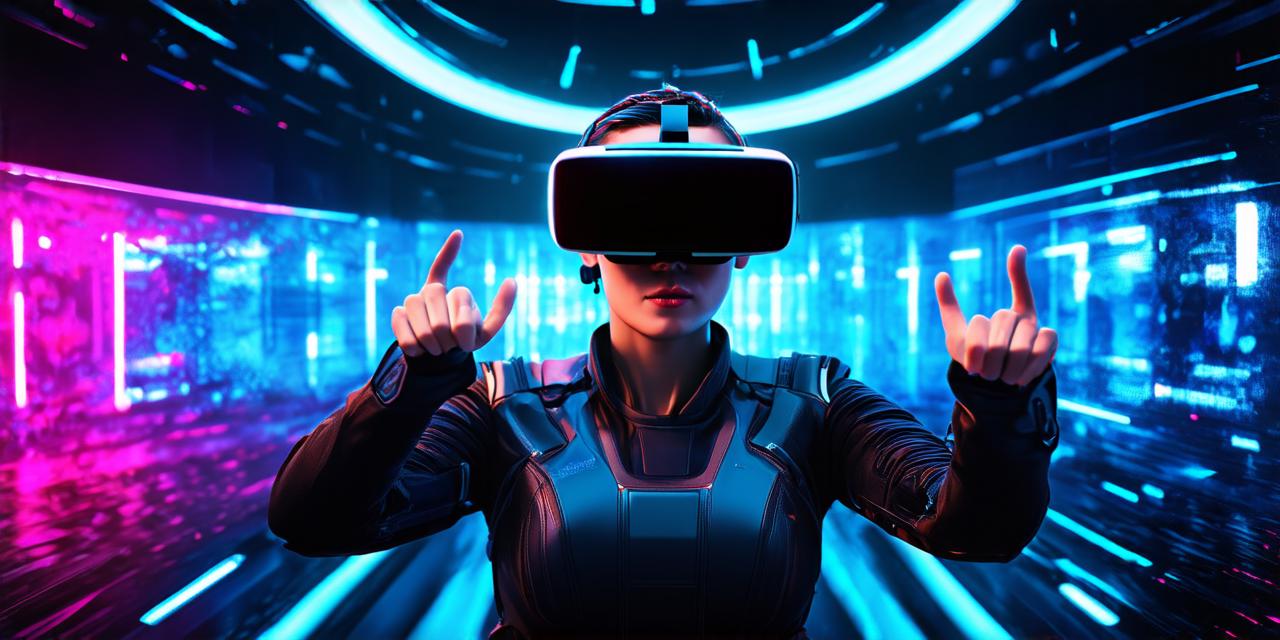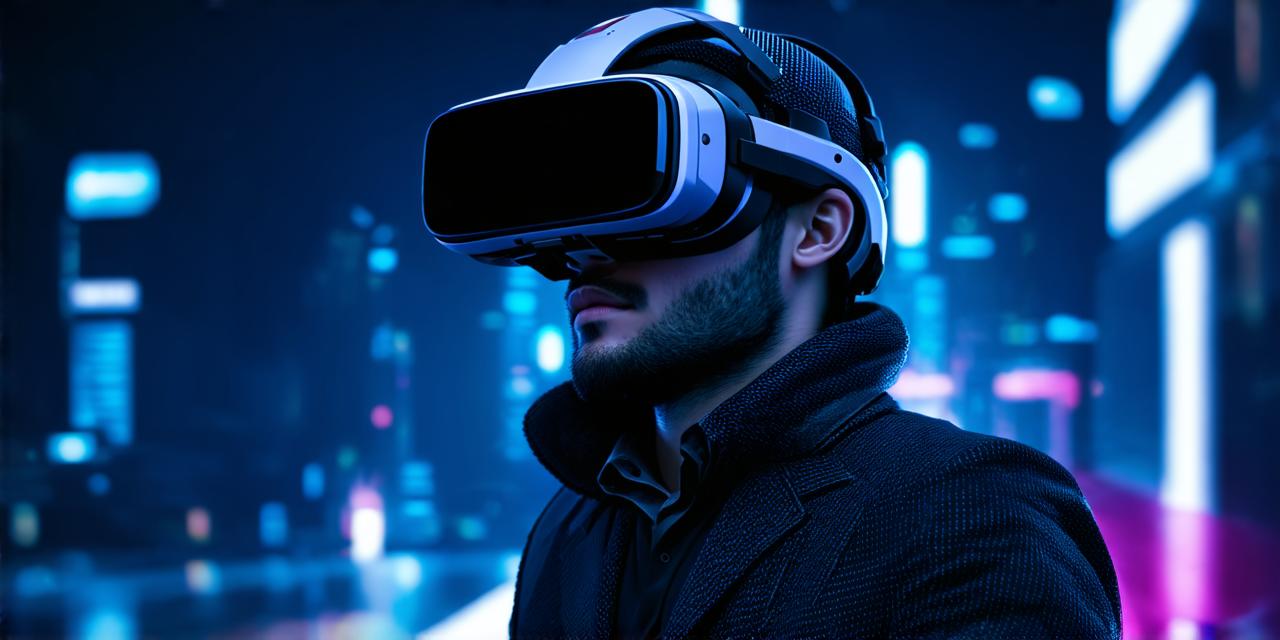Introduction
Virtual Reality (VR) has become a significant part of our modern world, revolutionizing various industries such as gaming, healthcare, and education. But who originally developed this groundbreaking technology? Let’s delve into the history to uncover its roots.
The Conceptualization of Virtual Reality
The Early Ideas (1930s – 1950s)
The seeds of VR were sown in the minds of science fiction writers like Stanley G. Weinbaum, who wrote "Pygmalion’s Spectacles" in 1935, and Antonin Artaud, who proposed a ‘Theatre of Cruelty’ in 1938, both describing immersive, virtual environments.
The First Steps (1960s)
In the 1960s, Morton Heilig, an inventor and filmmaker, created the Sensorama, a machine that provided a multi-sensory experience, including stereoscopic 3D video, sound, wind, and smell. Although not VR in its modern sense, it was a significant step towards immersive technology.
The Birth of Virtual Reality (1968)

The true birth of VR can be traced back to the work of Ivan Sutherland, an American computer scientist. In 1968, he developed the "Sword of Damocles," the first head-mounted display (HMD). This device allowed users to interact with a 3D environment, marking the beginning of VR as we know it today.
The Evolution (1970s – 1980s)
Throughout the 1970s and 1980s, researchers like Myron Krueger, Jaron Lanier, and Thomas A. Furness III continued to advance VR technology. They developed systems for artist interaction, gloves for tactile feedback, and flight simulators, respectively.
The Modern Era (1990s – Present)
The 1990s saw the commercialization of VR with the release of the Virtuality Group’s VR arcade machines and the Sega VR headset for the Mega Drive console. However, it was not until the 21st century that VR started to gain widespread popularity, thanks to advancements in hardware and software technology.
Conclusion
From its conceptualization in science fiction to its practical realization by pioneers like Ivan Sutherland, the development of virtual reality has been a collaborative effort spanning several decades. Today, VR continues to evolve, offering endless possibilities for innovation and improvement. As we move forward



